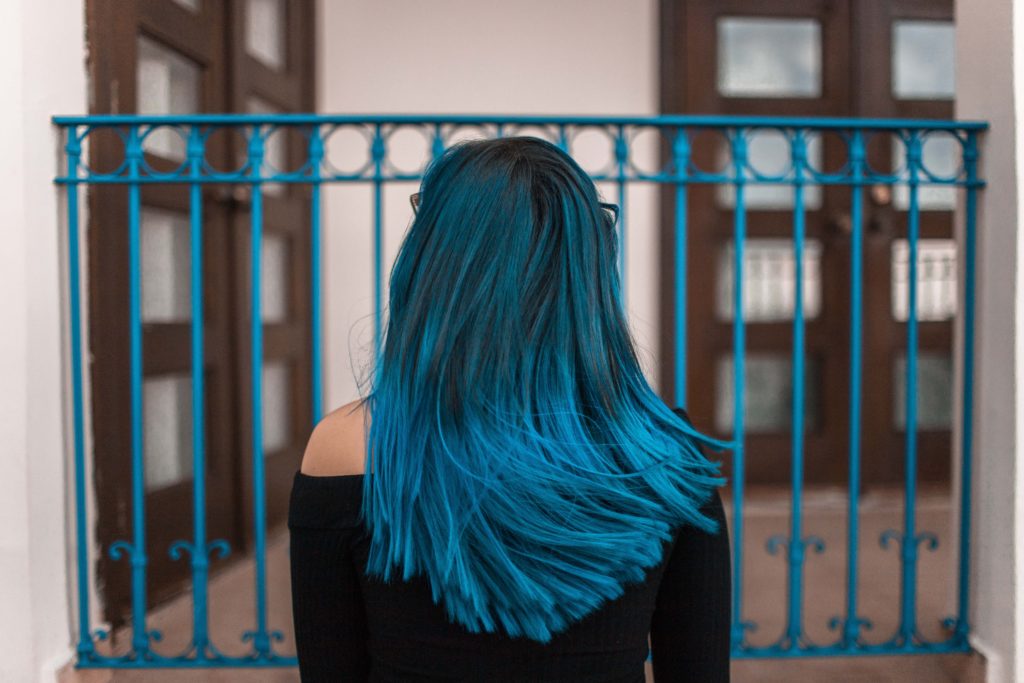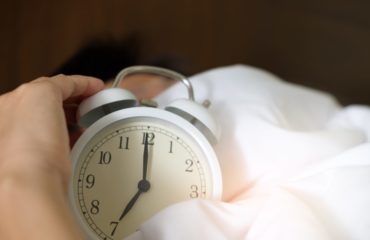
The essence of the process
Shedding is a natural stage in the hair’s life cycle. “There are three such stages in total. At first, the hair is in the growth phase (anagen). Its duration is genetically programmed and can range from two to ten years, – explains dermatologist, trichologist. – Then comes the transitional phase (catagen), which lasts about two weeks. During this time, the bulb is gradually separated from the dermal papilla and its nutrition stops. Then the hair enters a resting phase (telogen) lasting from two to six months. At this stage, the hair follicle moves to the surface of the skin and, together with washing and brushing, the hair falls out. ” Trichologists consider up to a hundred hair loss a day to be the norm. But the norms can change depending on the season, hormonal levels and characteristics of the body. Of course, we are unlikely to count the lost hair, but we will definitely notice when their number will increase dramatically. If this happened, the reasons should be sought among the factors that affected your body about three months ago. “For example, if you have been poisoned or suffered a high fever flu, then your body, being in a state of stress, went into the so-called“ sparing mode ”. At the same time, part of the hair prematurely ended the growth phase and entered the resting stage. Two and a half or three months later, new hair began to grow from the rested follicle, and the old one, accordingly, fell out, ”says dermatologist, trichologist. If you are not prone to baldness, then due to the constant change of hair, a significant reduction in their number will not occur. But chronic hair loss can deplete the follicle, and over time, the hair growing out of it will become thinner.
Problem solving
A trichologist will help to identify the causes of intense hair loss. He will make a trichogram, phototrichogram and computer diagnostics of the hair and scalp, as well as conduct a hair analysis and advise you to take blood tests. In addition, he will refer you to consultations with related specialists and then prescribe therapy. In one to three months, the specialist will evaluate the results, determine the effectiveness of the treatment and, if necessary, correct it. If we talk about strengthening hair and stimulating its growth, then my favorites are injection techniques. For example, plasma lifting, which has a minimum of contraindications. – Your blood plasma is injected into the scalp. It is better to do this once every two weeks, besides, you can prick using the “depot” method – injecting a large amount of plasma in one puncture. This reduces the pain load. ” Another effective technique – ozone therapy – involves the injection of an ozone-oxygen mixture. The procedure is safe and can even be prescribed to women who are breastfeeding. Biorevitalization based on hyaluronic acid also has a good firming effect. The hair follicle is subject to aging in the same way as the skin, and hyaluronic acid makes it possible to rejuvenate the bulb, moisturize the scalp and stimulate hair growth. There are effective strengthening and stimulating agents for external use. These are cosmetic products with stemoxidin and aminexil and medicines with minoxidil. Contrary to the skepticism of many people to the “beauty vitamins”, trichologists do not consider them useless. According to the specialist, millet extract, vitamin B5, biotin, amino acids, zinc citrate, copper and sulfur have a positive effect on hair quality.




